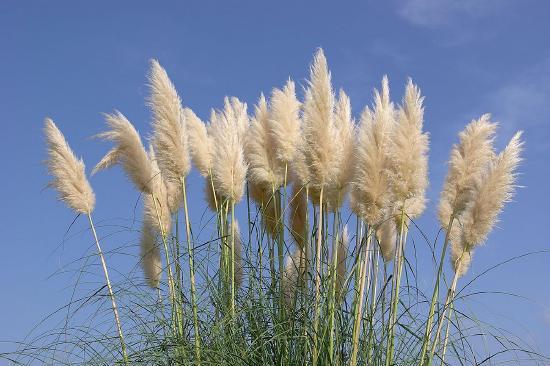5.2.4: Biodiversity in Ecosystems
- Page ID
- 37248
Learning Objectives
- Describe how species richness and relative abundance play a role on biodiversity
- Describe the role of keystone species in a community
- Descdribe the role of invasive species in a community
Biodiversity, Species Richness, and Relative Species Abundance
Biodiversity describes a community’s biological complexity: it is usually measured by the number of different species, or species richness, in a particular area and their relative abundance (evenness). However, genetic diversity is increasingly considered as a component of biodiversity. The area in question could be a habitat, a biome, or the entire biosphere. Species richness is the term that is used to describe the number of species living in a habitat or biome. Species richness varies across the globe (Figure \(\PageIndex{1}\)). One factor in determining species richness is latitude, with the greatest species richness occurring in ecosystems near the equator, which often have warmer temperatures, large amounts of rainfall, and low seasonality. The lowest species richness occurs near the poles, which are much colder, drier, and thus less conducive to life in Geologic time (time since glaciations). The predictability of climate or productivity is also an important factor. Other factors influence species richness as well. For example, the study of island biogeography attempts to explain the relatively high species richness found in certain isolated island chains, including the Galápagos Islands that inspired the young Darwin. Relative species abundance is the number of individuals in a species relative to the total number of individuals in all species within a habitat, ecosystem, or biome. Foundation species often have the highest relative abundance of species. For more on species richness, see The Value of Biodiversity.

(credit: modification of work by NASA, CIESIN, Columbia University)
Keystone Species
A keystone species is one whose presence is key to maintaining biodiversity within an ecosystem and to upholding an ecological community’s structure. A keystone species has a disproportionate impact on the overall ecosystem, meaning that even a small number of individuals can cause large scale changes. The intertidal sea star, Pisaster ochraceus, of the northwestern United States is a keystone species (Figure \(\PageIndex{2}\)). Studies have shown that when this organism is removed from communities, populations of their natural prey (mussels) increase. The increase in mussel results in a decrease in algae, wihch completely alters species composition and reduces biodiversity. Another keystone species is the banded tetra, a fish in tropical streams, which supplies nearly all of the phosphorus, a necessary inorganic nutrient, to the rest of the community. If these fish were to become extinct, the community would be greatly affected.

Invasive Species
Invasive species are exotic or non-native organisms that, when introduced to an area out of their native range, threaten the ecosystem balance of that habitat. They often increase in numbers and decrease the native species composition. Thus, they have a significant impact on the community. For example, pampas grass (Cortaderia selloana), a beloved ornamental found throughout the United States, is actually an invasive species native to South America. Pampas grass is fast growing and each plume produces up to 100,000 seeds. Seeds are wind dispersed and colonize quickly, particularly on disturbed ground. Leaves on this plant have sharp blades and can be harmful to birds. The native community in areas with invasive species often have less biodiversity because many native species in the area are eradicated by the presence of the invasive species. For more on invasive species, see 21.2: Threats to Biodiversity.

Contributors and Attributions
Modified by Kammy Algiers from the following sources:
19.4: Community Ecology - from Concepts of Biology by OpenStax (licensed CC-BY).


